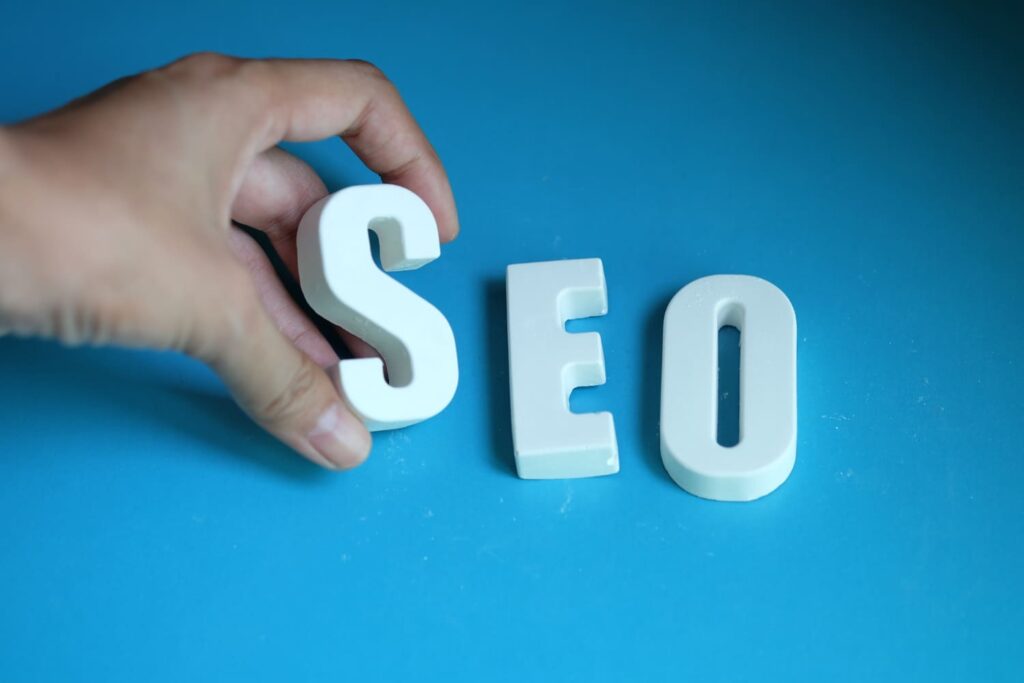In the digital marketing landscape, two powerful tools stand out for driving traffic, leads, and conversions: Search Engine Optimization (SEO) and Paid Advertising. Both strategies offer unique advantages and play integral roles in any comprehensive marketing plan. However, when it comes to allocating resources and determining the most effective approach for your business, understanding the differences between SEO and Paid Ads is essential. Let’s delve into the intricacies of each strategy and explore how to choose the right one for your objectives.
What is SEO?
Search Engine Optimization involves optimizing your website and content to rank higher in organic search engine results. The goal is to attract organic (unpaid) traffic by improving visibility and relevance for targeted keywords. SEO encompasses various tactics, including:
- On-page optimization (meta tags, keyword usage, content quality).
- Off-page optimization (backlink building, social signals).
- Technical optimization (site speed, mobile-friendliness, structured data).
Benefits of SEO
Long-term Sustainability: Unlike paid advertising, which stops generating traffic once you cease spending, SEO efforts can provide sustainable results over time. With consistent optimization and maintenance, your website can maintain and improve its search engine rankings.
Credibility and Trust: High organic rankings convey trust and authority to users. People tend to perceive organic listings as more credible, resulting in higher click-through rates compared to paid ads.
Cost-effectiveness: While SEO requires an upfront investment in time and resources, the ongoing cost per visitor decreases over time. Once you achieve top rankings, you can attract traffic without ongoing advertising expenses.
What are Paid Ads?
Paid Advertising involves paying for ad placement on search engine results pages (SERPs), social media platforms, or other websites. Common types of paid ads include Pay-Per-Click (PPC) ads on Google Ads, display ads, social media ads on platforms like Facebook and Instagram, and sponsored content.
Benefits of Paid Ads:
Immediate Results: Unlike SEO, which takes time to build momentum, paid ads can generate instant visibility and traffic. You can launch campaigns and start seeing results within hours, making it ideal for time-sensitive promotions or new product launches.
Targeted Reach: Paid ads allow precise targeting based on demographics, interests, behaviors, and keywords. This level of granularity ensures your ads reach the right audience, maximizing the likelihood of conversions.
Scalability and Control: With paid advertising, you have full control over budget allocation, ad creative, targeting parameters, and campaign optimization. You can scale your campaigns up or down based on performance and business objectives.
Choosing the Right Strategy
Consider Your Goals: If you’re looking for immediate results or aiming to promote time-sensitive offers, paid advertising may be the way to go. However, if you’re focused on long-term sustainability and building organic visibility, SEO should be a priority.
Assess Your Budget: Evaluate your budget constraints and determine how much you’re willing to invest in marketing. SEO typically requires ongoing investment in content creation, optimization, and link building, while paid advertising involves direct spending on ad placements.
Evaluate Competition and Industry Dynamics: Analyze your industry landscape to understand the level of competition and the effectiveness of each strategy. In highly competitive industries, a combination of SEO and paid ads may be necessary to achieve optimal results.
Track and Measure Performance: Whichever strategy you choose, it’s crucial to track and measure key performance indicators (KPIs) to gauge effectiveness and ROI. Use analytics tools to monitor traffic, conversions, and other relevant metrics, and adjust your approach based on data-driven insights.
In conclusion, both SEO and Paid Ads offer distinct advantages and can complement each other in a comprehensive marketing strategy. Ultimately, the right approach depends on your business goals, budget, timeline, and competitive landscape. By understanding the nuances of each strategy and strategically allocating resources, you can maximize your online visibility, attract qualified leads, and drive sustainable growth for your business.
“Just remember that you can test different video lengths until you find what works best –– the sweet spot. Pay attention to your video performance and adjust until you see success.”
Hire a team of expert marketers to handle the research and video creation process for you
Just because something worked for one type of video doesn’t mean it will always work. Your video marketing strategy needs to be flexible and adjust to people’s viewing behaviors for maximum impact.
Ready to grow your revenue with Oryxson? Get a Free Consultation to Boost Your Business.





